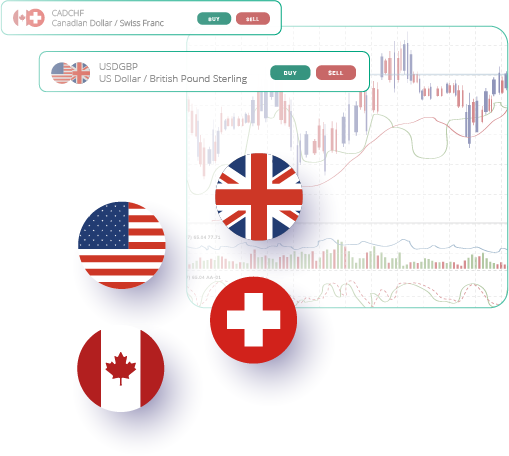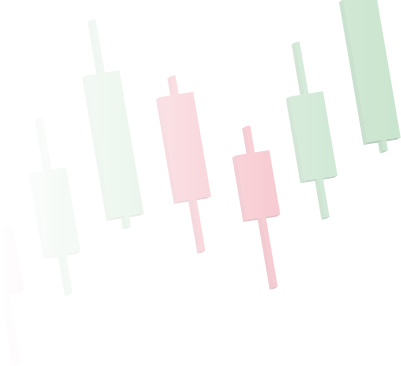Forex trading, also known as foreign exchange trading or FX trading, involves buying and selling different currencies against each other in the global foreign exchange market.
Essentially, it is the process of speculating on the price movements of currency pairs. Traders aim to profit from fluctuations in exchange rates by buying a currency when they expect it to appreciate and selling it when they expect it to depreciate. The goal is to take advantage of price differences between currencies.
Leverage in forex trading allows traders to control larger positions with a smaller amount of capital. It magnifies both potential profits and losses.
Think of Leverage as a tool that enables traders to open positions larger than their account balance. For example, with a leverage of 1:100, a $1,000 account could control a $100,000 position. While leverage can enhance gains, it also increases risk. Managing leverage and practicing risk management strategies are crucial to successful trading.
Currency pairs represent the relative value of one currency against another. The first currency in the pair is the base currency, and the second is the quote currency. For example, in the EUR/USD pair, the euro is the base currency, and the US dollar is the quote currency. The exchange rate tells you how much of the quote currency is needed to buy one unit of the base currency.
Forex markets operate 24 hours a day, five days a week, due to their global nature and different time zones. This continuous trading allows traders to react to global events and news at any time. You can find more information on Market hours underneath the ‘Trading’ section located at the top of our website! Just hover your mouse over and a drop-down menu will appear.
Fundamental analysis examines factors like economic data, interest rates, political stability, and geopolitical events to assess a currency’s intrinsic value. Technical analysis, on the other hand, focuses on historical price data, chart patterns, and indicators to forecast future price movements. Traders often use a combination of both approaches to make informed trading decisions.
Risk management in forex trading involves setting stop-loss and take-profit orders, using appropriate position sizing, and not risking more than a small portion of your trading capital on a single trade.
Risk management is essential to protect your trading capital. Determine your position size based on your risk tolerance and the size of your trading account. It’s generally recommended not to risk more than 1-2% of your capital on any single trade depending on your trading plan.





